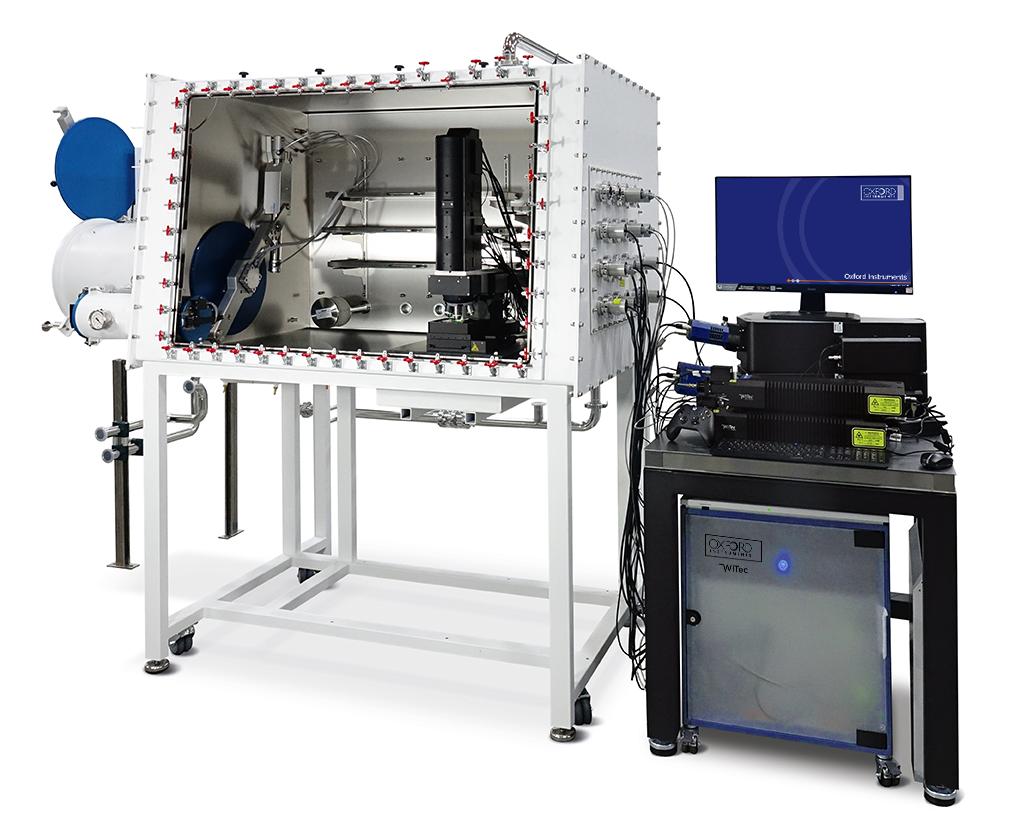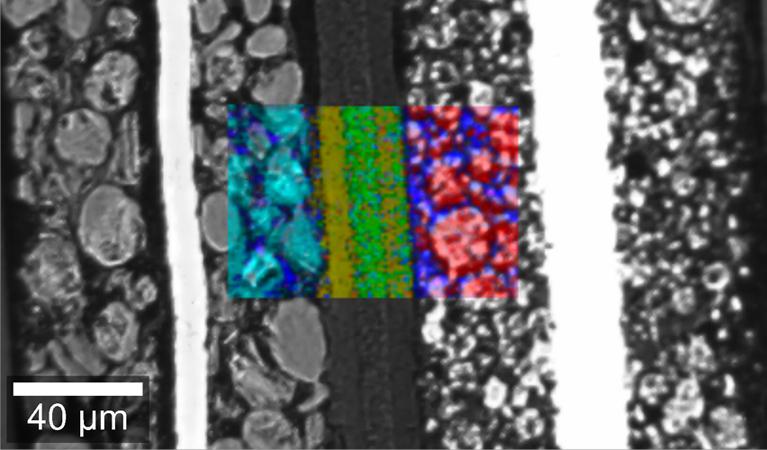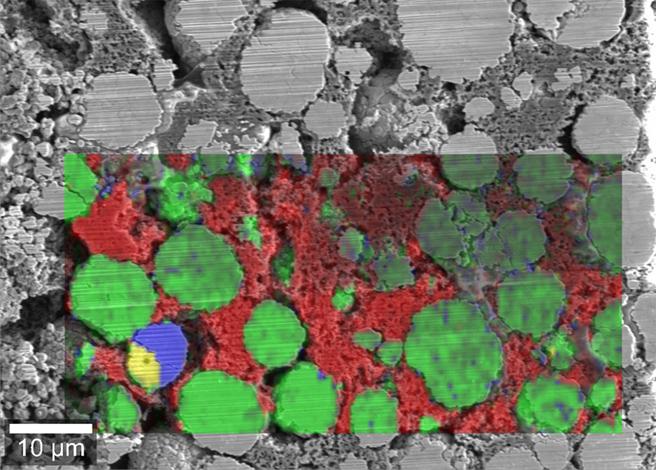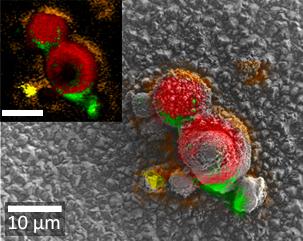Take your research in any direction with the new benchmark for Raman imaging.
 Part of the Oxford Instruments Group
Part of the Oxford Instruments Group
Expand
Collapse
Rechargeable batteries provide the power for many electronic devices that we use every day, such as cell phones, tablets and laptops, and the electric cars that are becoming a common sight. Due to the high demand for effective energy storage, industrial research continues to develop batteries with optimized properties regarding charging speed, energy density and lifetime. Oxford Instruments' Raman imaging systems enable the comprehensive characterization of batteries and fuel cells. Raman imaging is able to show the distribution of electrolyte and electrode materials and investigate their crystallinity. It can be combined with complementary imaging techniques to study, for example, surface structures.
In 2019, the development of lithium-ion batteries was recognized with the Nobel Prize in Chemistry for John B. Goodenough, M. Stanley Whittingham and Akira Yoshino. The research group of John B. Goodenough at the University of Texas in Austin uses our Raman imaging technology for their scientific work.
Sample handling under protective atmospheres such as nitrogen or argon is required for many production processes in, for example, the semiconductor and automotive industries. The witec360 microscopes can be equipped with automated components that enable remote operation within environmental enclosures (Gray et al. 2020, DOI: 10.1063/5.0006462). All steps of the Raman measurement are controlled with the integrated Software Suite and intuitive EasyLink handheld controller. Even self-alignment and self-calibration of the system is possible with the click of a button.




Oxford Instruments’ highly versatile Raman microscopes can combine Raman with various imaging techniques to provide complementary information from the same sample position.
If you'd like to learn more about the possibilities of Raman imaging for your individual field of application, one of our specialists will be happy to discuss them with you.
Contact us